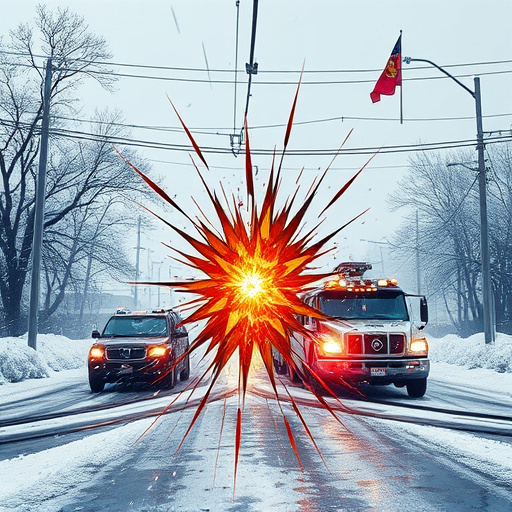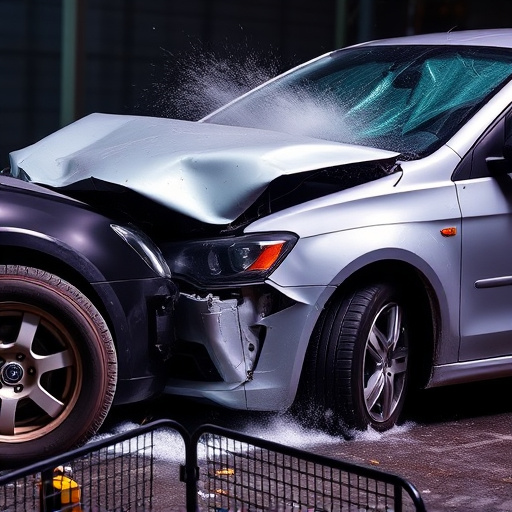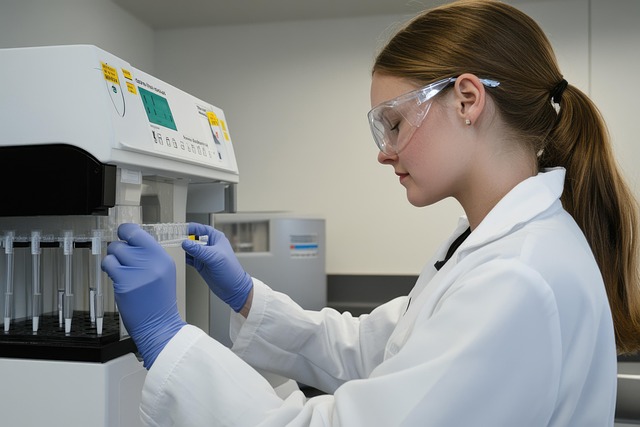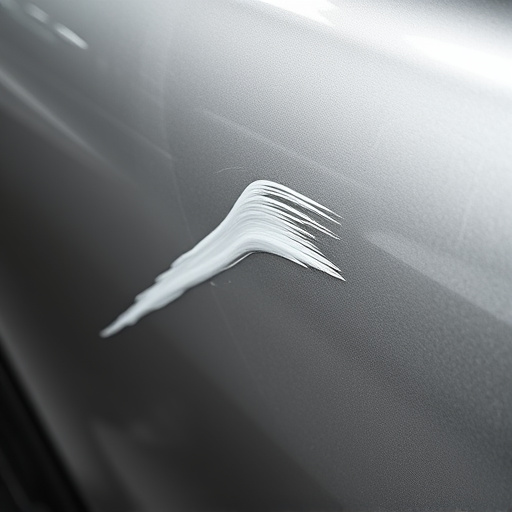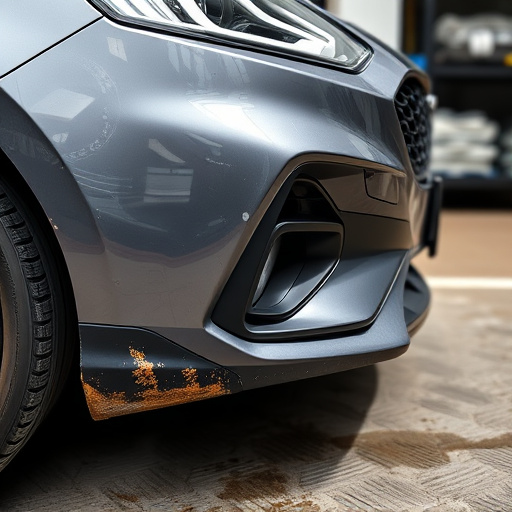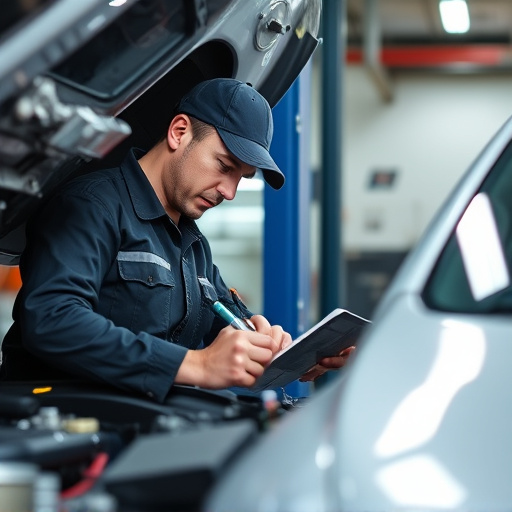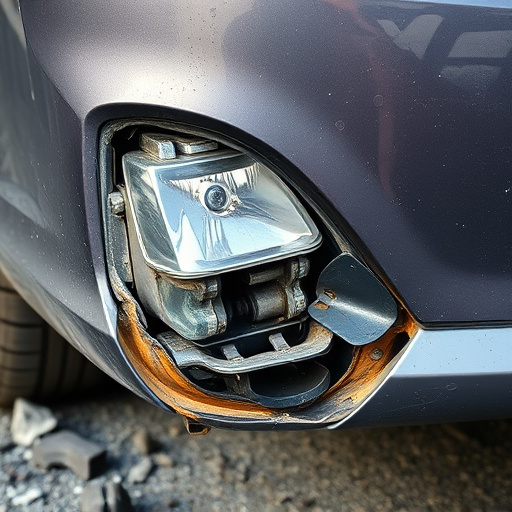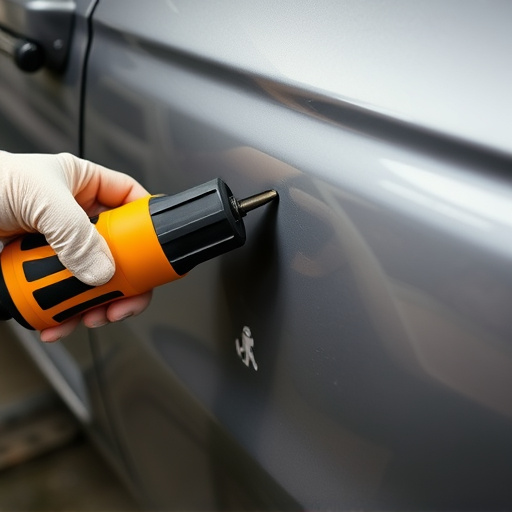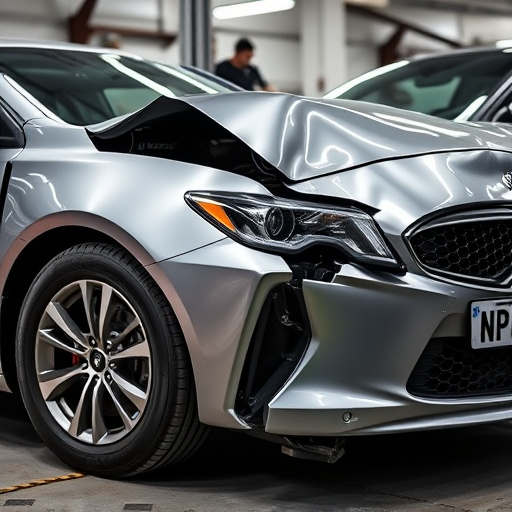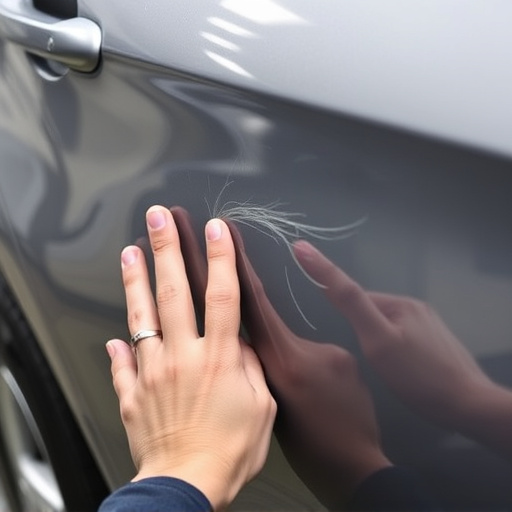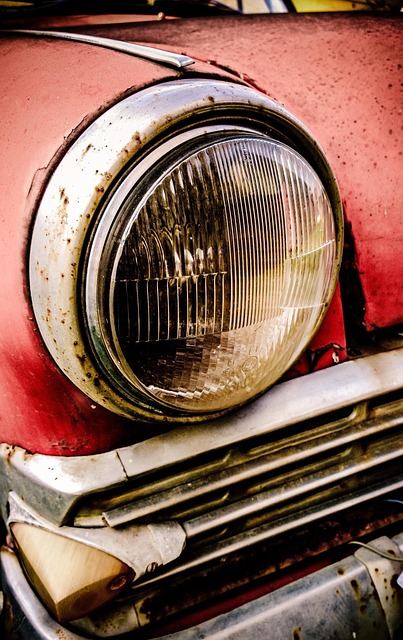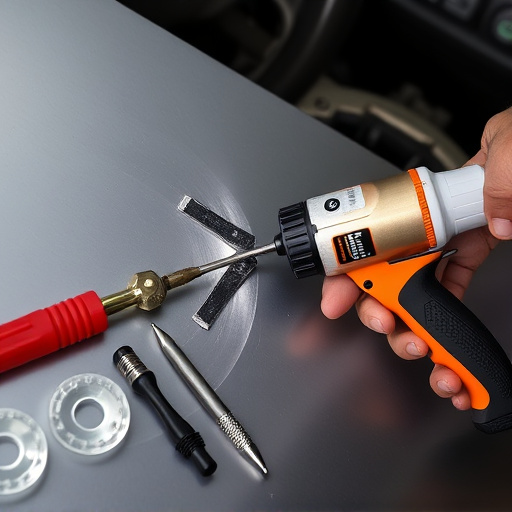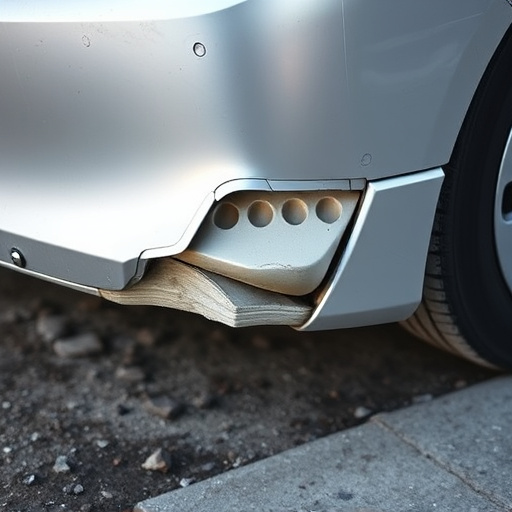Cooling system collision repair involves a thorough assessment of core components like radiators, water pumps, thermostats, and fans to ensure optimal engine temperature regulation. Skilled technicians use genuine or certified parts for seamless integration and structural integrity. Meticulous inspection and replacement, along with recalibration, maintain efficiency and safety in climate control systems, enhancing driver comfort and overall vehicle reliability.
In the realm of automotive collision repair, addressing the cooling system is paramount for both safety and performance. This article delves into the critical components and processes involved in efficient cooling system collision repair. We explore key aspects such as assessing damage to core components, selecting compatible and high-quality replacement parts, and implementing a streamlined refill and reconfiguration process. By understanding these essential elements, mechanics can ensure optimal system functionality post-repair, minimizing risks and enhancing vehicle longevity.
- Assessing Damage to Core Components
- Replacement Parts: Compatibility & Quality
- Efficient Refill and Reconfiguration Process
Assessing Damage to Core Components
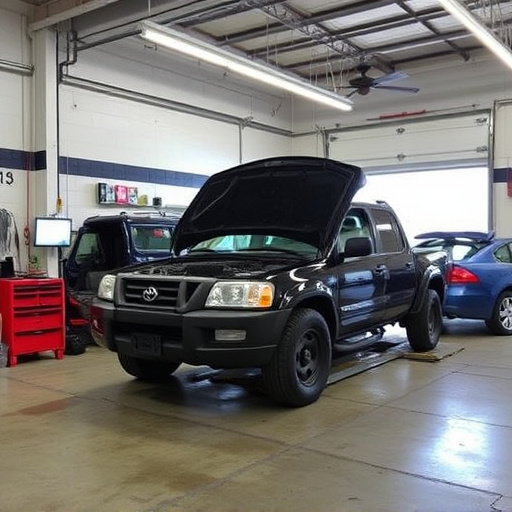
When addressing cooling system collision repair, assessing damage to core components is a meticulous process. Technicians begin by inspecting the radiator, a vital part that absorbs heat from the engine and circulates coolant. Any cracks, leaks, or deformations in the radiator must be identified as they can lead to inefficient cooling and even engine overheating. The condition of other key components like the water pump, thermostat, and cooling fans is also evaluated. These parts work in harmony to maintain optimal engine temperature, so damage to any one can impact the entire system’s performance.
Body shop services often emphasize the importance of replacing damaged parts with genuine, high-quality components to ensure longevity and reliability in automotive repair. This meticulous assessment step is crucial as it determines whether the cooling system requires simple repairs or a complete overhaul. Proper evaluation ensures that the auto repair services provided are tailored to the specific needs of the vehicle, ultimately contributing to safer and more efficient driving conditions.
Replacement Parts: Compatibility & Quality
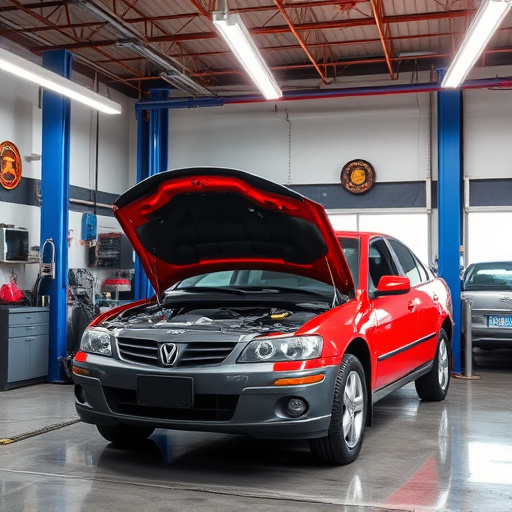
When undertaking a cooling system collision repair, the quality and compatibility of replacement parts are paramount. Using genuine or certified parts ensures that they meet the exact specifications of your vehicle’s cooling system, guaranteeing optimal performance and longevity. Aftermarket parts should be chosen with care, ensuring they’re designed for seamless integration without compromising structural integrity.
In the realm of automotive body work, a body shop services provider must offer expert advice on suitable replacement components. This includes not just the radiators and condensers but also any associated hoses, brackets, and seals. High-quality parts not only facilitate efficient cooling system operation but also contribute to overall vehicle reliability and safety during operation, especially in extreme climates or heavy traffic conditions that define many a car’s life.
Efficient Refill and Reconfiguration Process
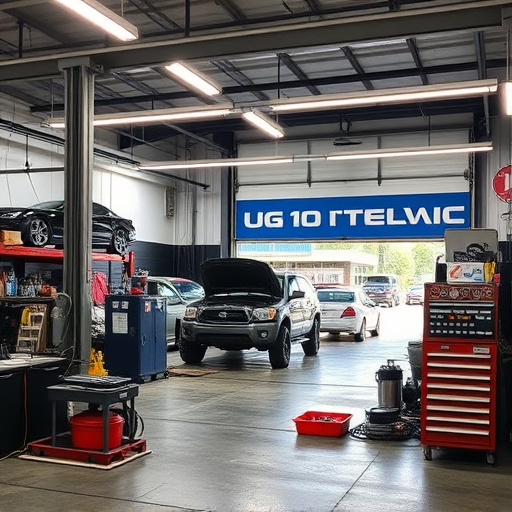
During cooling system collision repair, an efficient refill and reconfiguration process is paramount to ensure optimal performance and longevity of the vehicle’s climate control system. Skilled technicians at reputable collision repair shops begin by carefully examining the damaged components, identifying any leaks or defects. They then proceed with precise replacement, utilizing high-quality parts that match the original specifications. This meticulous approach ensures not just a functional cooling system but also aligns with the overall car bodywork services provided.
The reconfiguration stage involves recalibrating sensors and settings to accommodate the altered physical layout of the vehicle, especially after extensive car body repair work. This step is crucial for maintaining efficiency in temperature regulation. By leveraging advanced diagnostic tools, technicians can fine-tune the system to deliver the desired cooling effect, enhancing driver comfort without compromising safety standards. This seamless integration exemplifies the expertise offered by collision repair shops dedicated to top-tier vehicle restoration.
When addressing a cooling system collision repair, understanding the key components and processes involved is crucial. Assessing damage, selecting compatible and high-quality replacement parts, and implementing an efficient refill and reconfiguration process are vital steps to ensure optimal vehicle performance and longevity. By focusing on these aspects, technicians can deliver top-notch repairs, enhancing the overall reliability and safety of the cooling system in today’s digital era.
